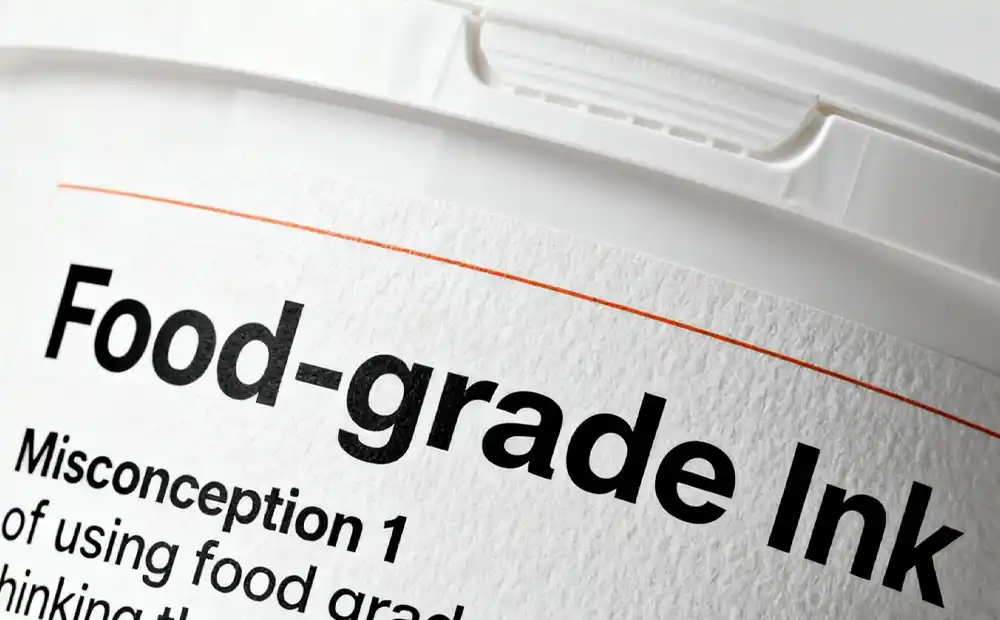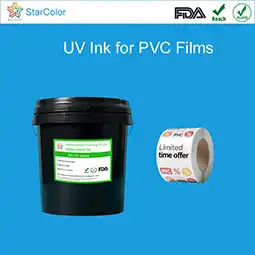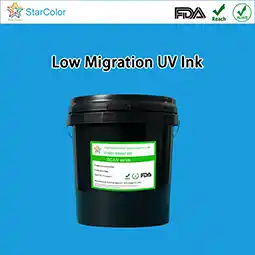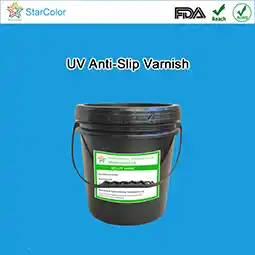Key Misunderstandings in Food-Grade Ink Use
Date: Sep 10 2025 From: Star Color Views:
Industry surveys show that over 60% of small and medium-sized printing companies and food manufacturers have misconceptions regarding the selection, use, and quality control of food-grade inks. These misunderstandings not only create compliance risks under food safety regulations but also pose potential threats to consumer health due to excessive migration or solvent residues. This article, based on practical cases and standard requirements, provides actionable strategies to avoid these pitfalls.
Misconception 1: “Labeled as ‘Food-Grade’ Means Compliance”
Manifestation
Many companies rely solely on the “food-grade” claims or product certificates provided by ink suppliers, applying them directly to food-contact printing without requesting third-party test reports or conducting migration testing. They assume “label equals compliance.”
Potential Risks
-
Hidden component excess: Some suppliers may cut costs by adding non-compliant raw materials, resulting in excessive overall migration levels.
-
Regulatory mismatch: China’s “food-grade” ink standards differ from EU 10/2011 and U.S. FDA 21 CFR 175.300 requirements—all must be met for compliance.
Case Example
A biscuit manufacturer used packaging paper printed with “food-grade” water-based ink without testing. Regulatory sampling later revealed arsenic levels of 0.015 mg/kg in the ink. The product was recalled, resulting in losses exceeding USD 100,000.
Avoidance Strategies
-
Request authoritative third-party test reports (e.g., FDA 21 CFR 175.300).
-
Review raw material lists: require MSDS to ensure all components are included in regulatory positive lists.

Misconception 2: “UV Inks Are Zero-Migration”
Manifestation
Companies widely assume that UV inks, once cured through crosslinking, contain no solvent residues and thus qualify as “zero migration.” As a result, they neglect curing parameters (UV energy, speed) and often omit post-curing tests.
Potential Risks
-
Residual monomer migration: Insufficient UV energy or excessive speed may lead to crosslinking below 85%, leaving unreacted monomers that slowly migrate into food, posing long-term health risks.
-
Performance failure: Inadequately cured ink layers may drop from 5B adhesion grade to 2B. In hot-fill (85°C) or refrigerated (0°C) environments, issues such as bubbling, delamination, or poor rub resistance can occur.
Supporting Data
Lab tests showed that UV inks with 82% crosslinking released 0.03 mg/kg of monomers in 4% acetic acid simulant. Inks with ≥90% crosslinking released only 0.005 mg/kg—fully compliant.
Avoidance Strategies
-
Monitor curing parameters: calibrate UV energy with a radiometer each shift, ensuring speed matches energy (e.g., ≤300 m/min at 110 mJ/cm²).
-
Conduct post-curing sampling to confirm residual monomers ≤0.1%.
Misconception 3: “Water-Based Inks Are Low-Cost and Suitable for All Scenarios”
Manifestation
To reduce costs, companies blindly apply standard water-based inks in all food-contact packaging scenarios—including hot-fill (>80°C) and refrigerated (<0°C)—ignoring performance demands of specific applications.
Potential Risks
-
Hot-fill failure: Regular water-based inks withstand ≤60°C; during 85°C hot-fill, the ink layer may soften, blister, or even bleed into food.
-
Cold brittleness: At <0°C, the ink layer loses flexibility and cracks under bending, leading to damaged labels.
Avoidance Strategies
-
Match ink to application scenario:
-
80–95°C hot-fill: Use heat-resistant water-based inks or UV inks.
-
0–4°C refrigeration: Choose water-based inks with enhanced low-temperature flexibility.
-
-
Conduct extreme-condition testing before mass production.
Misconception 4: “Post-Processing Has No Impact on Safety”
Manifestation
To save costs, companies skip UV varnishing or lamination, assuming post-processing only affects appearance. Even for bottle-neck labels or direct food-contact packaging, they leave inks unprotected.
Potential Risks
-
Higher migration risks: Without protective layers, ink is exposed, and humid or acidic environments accelerate migration—especially for bottle-neck labels.
-
Performance degradation: Unprotected inks show 50% lower rub resistance and poor water resistance, with condensation causing delamination.
Supporting Data
Food-grade inks with varnish had 30% lower total migration and rub resistance improved from 250 cycles to 500 cycles under a 500 g load.
Avoidance Strategies
-
Recognize necessity of post-processing: hot-fill, export, and bottle-neck labels require protection. Use food-grade UV varnish or PE/PET laminates.
-
Control parameters: UV varnish thickness 1–1.5 μm, lamination heat 80–90°C, adhesion ≥4B.

Misconception 5: “Ink Safety Alone Ensures Compliance”
Manifestation
Companies focus only on ink safety, ignoring substrate compatibility. Using non-food-grade substrates with food-grade inks, or poorly pre-treated substrates, can still lead to overall packaging non-compliance.
Potential Risks
-
Substrate contamination: Non-food-grade substrates may release plasticizers or heavy metals into the ink layer, then migrate into food.
-
Poor adhesion: Low surface energy or oily substrates cause ink to peel off—flakes may contaminate food.
Case Example
A dairy brand used food-grade UV ink on standard PE labels. Tests revealed excessive total migration due to plasticizers (DEHP) migrating from the PE film—causing packaging failure.
Avoidance Strategies
-
Select food-grade substrates with compliance certificates.
-
Perform substrate pretreatment:
-
Non-absorbent substrates (PET, PE): Corona treatment to ≥38 dyn/cm; apply 0.5 μm food-grade primer for PE.
-
Absorbent substrates (paper): Clean oil stains, adjust moisture to 6–8%.
-
-
Conduct compatibility testing: adhesion and migration checks before production.
Conclusion
Ensuring the safe use of food-grade inks requires breaking free from simplistic assumptions such as “labeled equals safe” or “low cost first.” Instead, companies must adopt a full-chain approach covering raw materials, processes, substrates, and post-processing. By carefully selecting inks, strictly controlling production, and strengthening testing, businesses can not only comply with regulations but also safeguard consumer health.
 RU
RU EN
EN CN
CN















